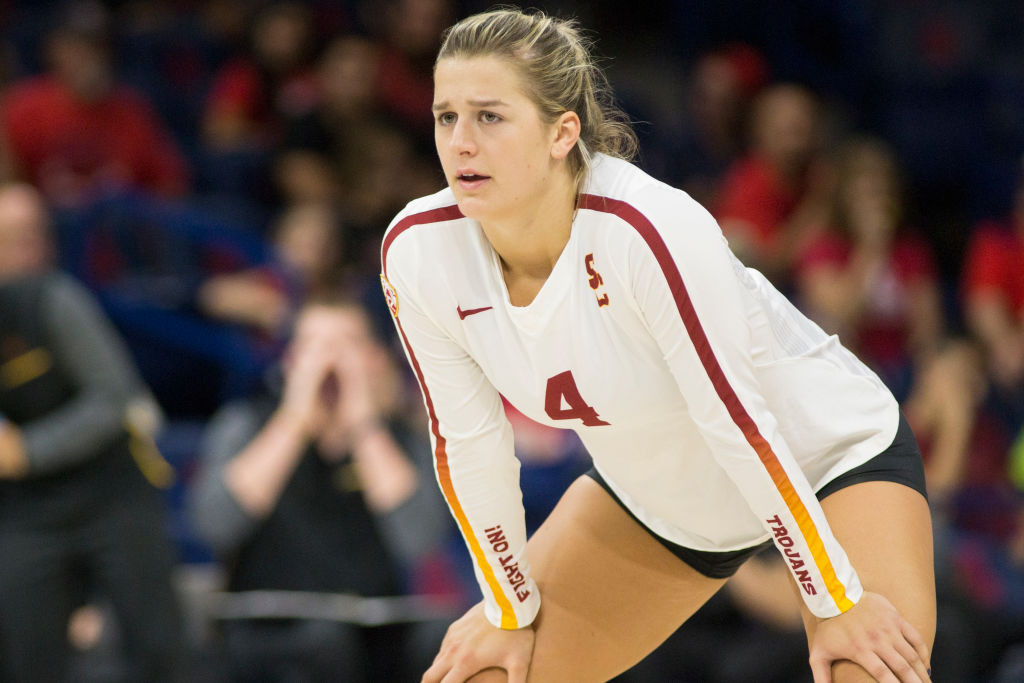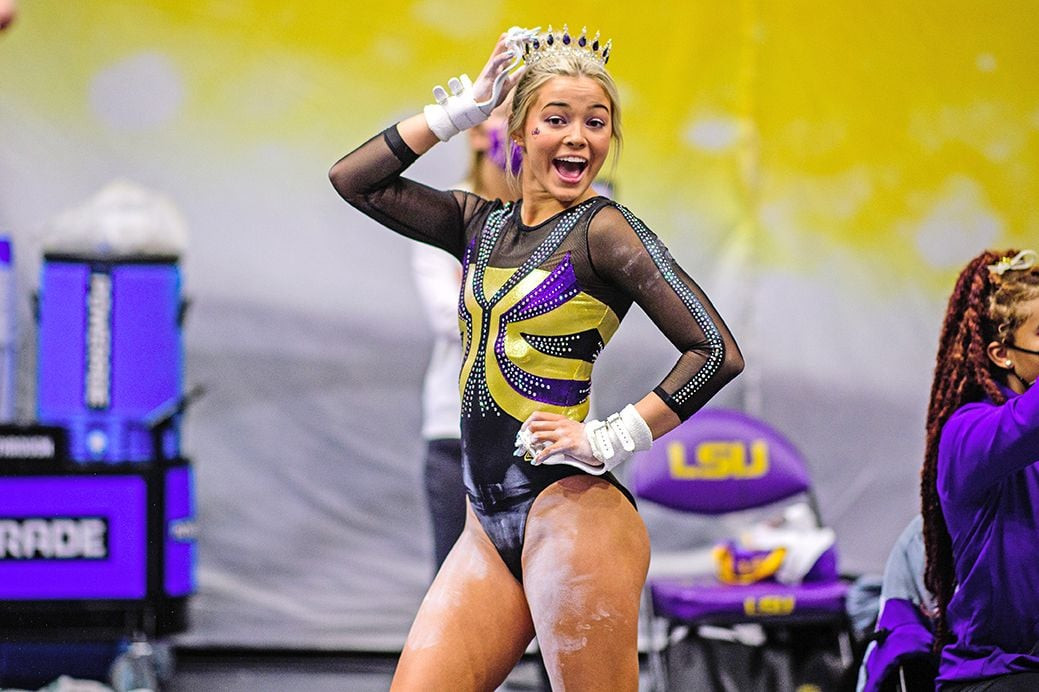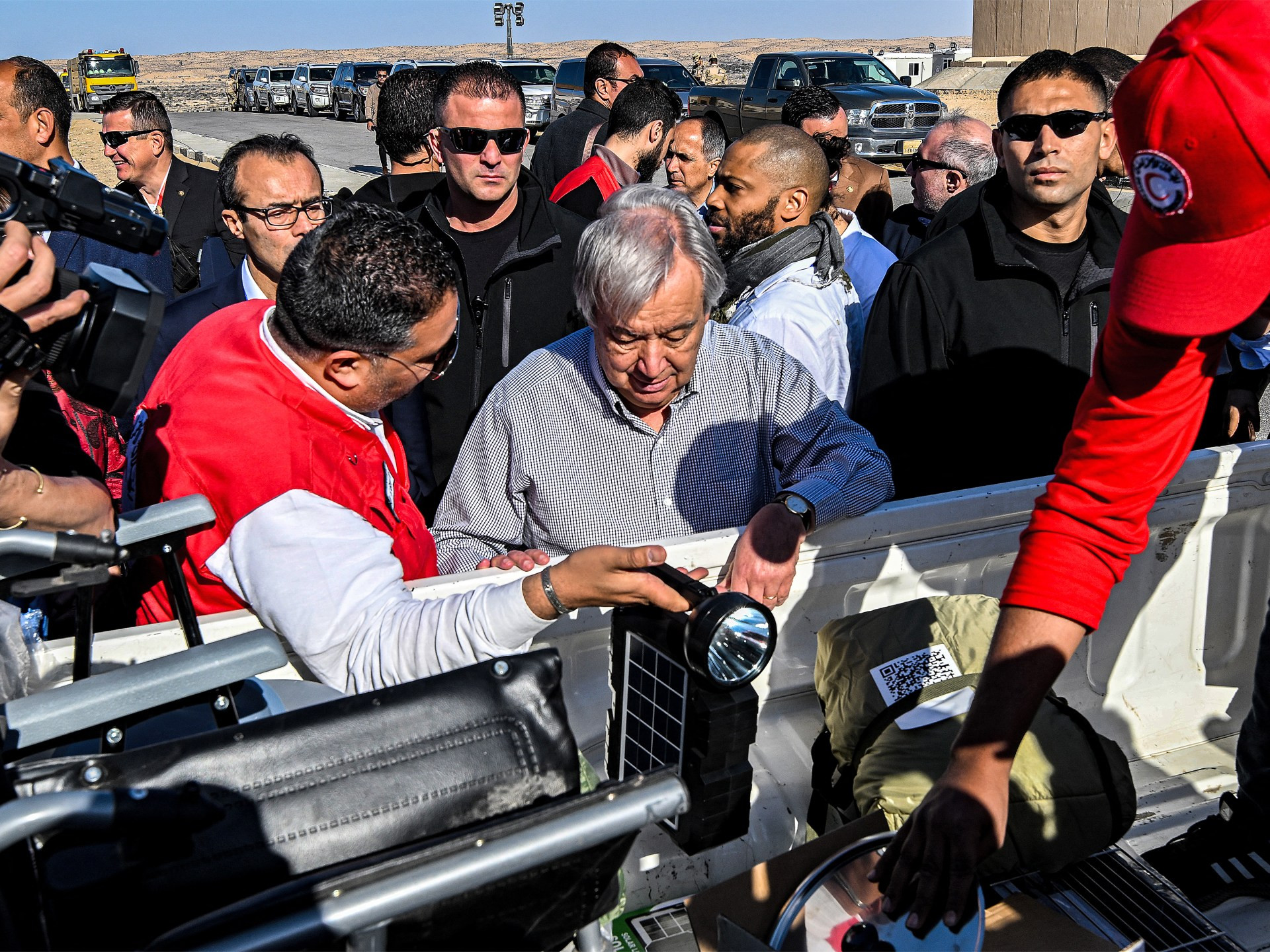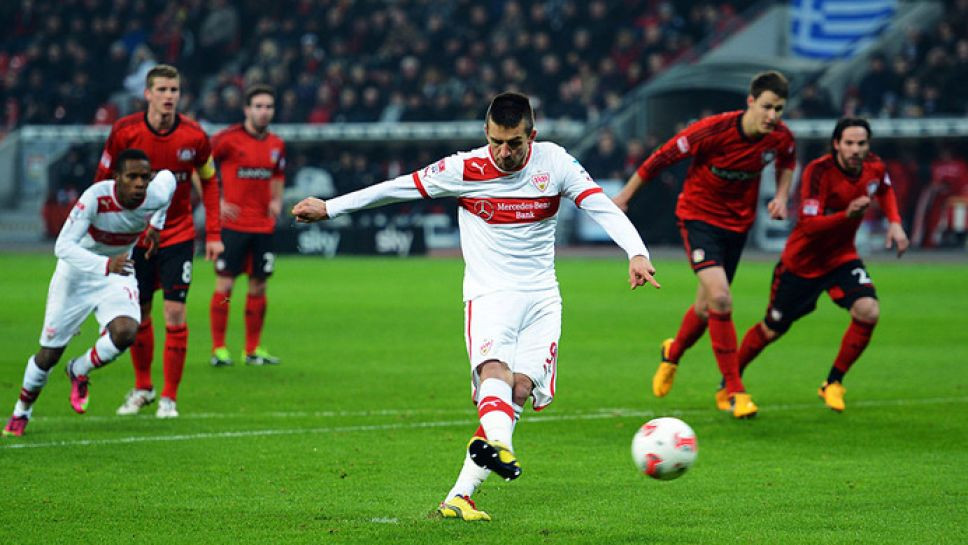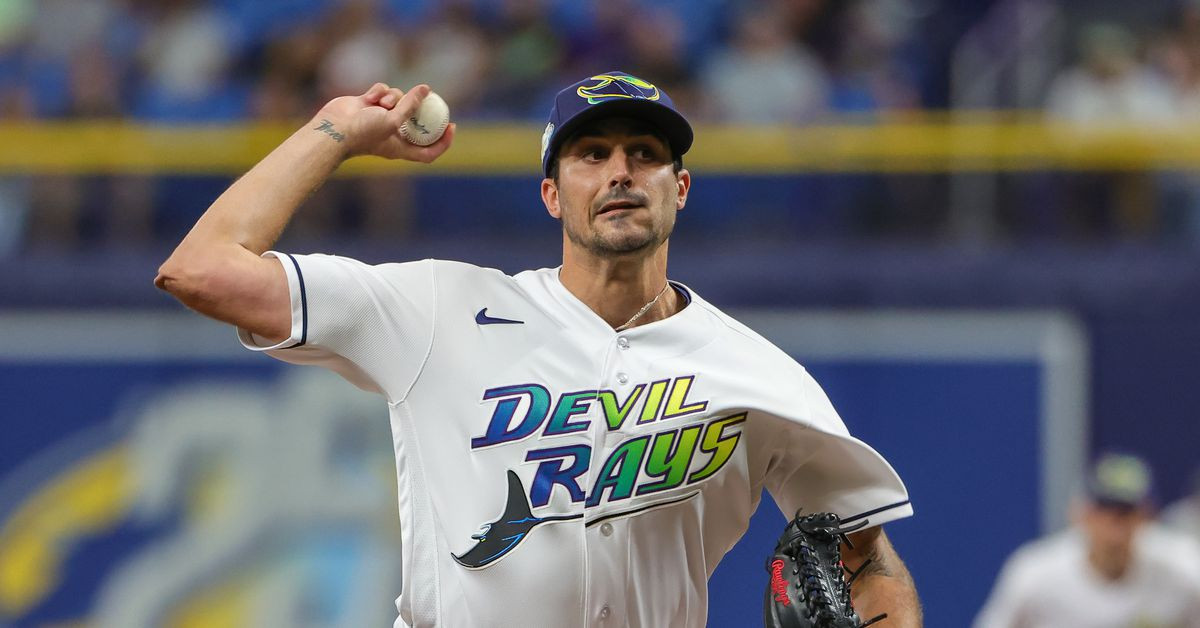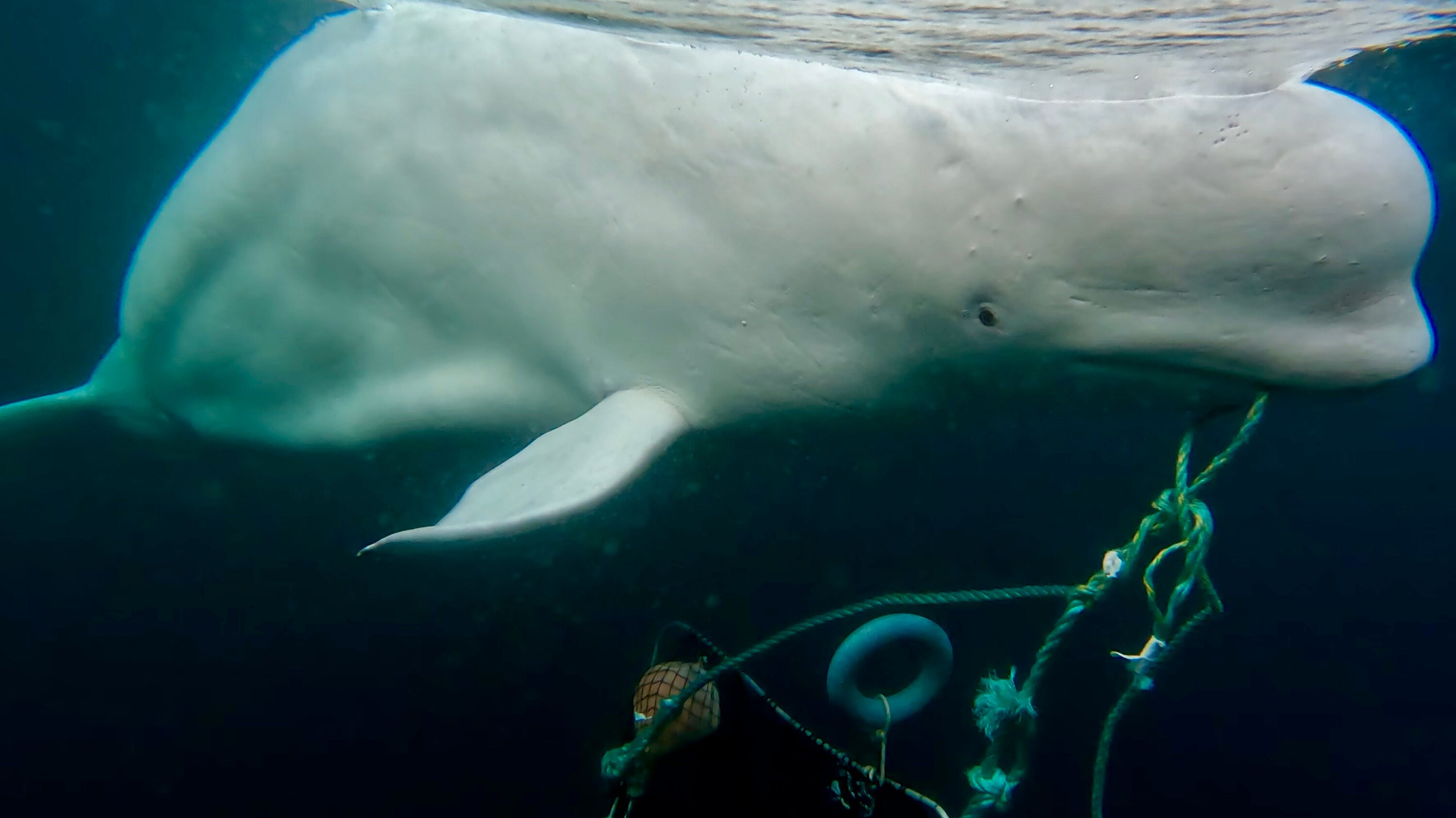Seeing one of my students outside class can lead to all kinds of awkwardness. Maybe I don’t recognize them or what class they are in. Maybe they haven’t been to class in the last week because they are “sick.” Or, maybe I see them involved in some college high jinks on the weekend.
During one recent student encounter, the awkwardness was particularly acute.
I saw one of my students as I was driving through Lawrence where I teach at the University of Kansas. This student was not walking down the sidewalk. Instead, he was a life-size-plus advertisement for a fast-food restaurant.
Seeing your undergraduate student as a paid celebrity has emerged as a defining feature of college teaching in 2024. It’s something new, this era of Name, Image and Likeness, and it blurs the standard hierarchy on college campuses even more than college athletics has done in the past.
Some student-athletes are earning tens or hundreds of thousands of dollars for use of their name, likeness or image. Elite athletes in the most coveted football positions will earn millions in the top conferences in exchange for endorsement deals. Today’s student athletes are personally earning more money each semester than the professors, instructors and graduate students leading their classes. A college quarterback could earn more than $1,700 per snap, a single play that lasts only a few seconds. That’s more than I earn each academic week.
While some fans and educators bemoan this new payment structure, we should welcome it as the first moment when players have earned fair compensation for their hard work and wildly popular performances on the field. Student-athletes at KU — and everywhere in the NCAA system — should earn what boosters, sponsors and casual fans are willing to pay.
At the same time, we should acknowledge how this fanaticism about sports, and the diminutive stature of academics in comparison, changes campus life.
Recently, the comparison between student-athletes and university faculty became simple.
Last week, the New York Times published a story headlined, “In College Sports’ Big Money Era, Here’s Where the Dollars Go.” The precise financials cited in the article — an SEC quarterback makes $1,043,252 on average while a top men’s gymnast earns $2,282 — come from a database known as the Black Book.
The Black Book, which is simply financial data from an NIL company called Opendorse, confirms what many of us standing at the front of college classrooms already knew: many college athletes are more financially vital to our campus communities than we educators are. (Many KU athletes have accounts on Opendorse, allowing you to purchase social-media shoutouts, autographs or appearances.)
The Signs Were There All Along
The signs of this discrepancy have been here for decades. The clandestine payments from boosters to the best college athletes. The FBI investigations into pay-for-play schemes. The payments winding their way through an athlete’s hometown coach to the athlete’s family. The desperation of boosters to pay top players defied federal laws and NCAA regulations, in the hope of bringing a rebounding power forward to the starting lineup.
Meanwhile, the academic payrolls on campus have remained stagnant. Nationwide, states are funding a declining share of public university budgets. On many campuses, as the cost of living was increasing steadily, faculty saw their salaries freeze. Many employees at the University of Kansas recently received a 2% pay raise, but that seems paltry next to these exploding NIL numbers.
A Moment of Vertigo
I’m not as ungrateful as this column might sound. First, my work as an instructor is more firmly and fairly compensated than many people teaching and grading papers in Lawrence. Second, other campuses have even more pay imbalance between athletes and instructors because their athletes make more, and their instructors make less. Plus, let’s acknowledge the alums who donate to academic parts of the university to improve student and faculty life: funding endowed professorships, constructing new buildings and providing scholarships. That generosity makes college life possible.
I’m also not as naive as this column might sound. Of course, college athletics are the passion of the richest boosters as they hope to fuel a national championship, or even an elusive conference championship, by shoveling and shoveling payments toward cornerbacks, quarterbacks, and running backs.
Instead, I simply want to put a finger on this moment of vertigo in college sports and campus power, especially between instructors and student-athletes. Within years, students have gone from amateurs to earning as much individually as the entire faculty of an academic department. A college softball player from Topeka earned $1,050,024 over the summer to transfer to Texas Tech, a middling program in that sport. College sports feel just plain weird as we wonder, “Who has the richest fans? Who is going to pay enough to lure this five-star defensive line recruit?”
To add to that vertigo, after years of constipation in the court, settlements and rulings concerning the NCAA, athletic conferences and student-athletes seemingly rewrite college athletics each year. And as the Black Book shows, the SEC, the top football conference, has surged ahead of the other power conferences in NIL spending. It’s novel to even know the exact payments that athletes — formerly amateurs — are receiving. College athletics and its power on campus feels new and unpredictable.
The NIL Revolution
At this moment, it’s tempting to begrudge the newfound power of college athletes. Let’s not. College athletes deserve the freedom to transfer and to earn what the market will pay. Plus, there’s simply no going back to a world before NIL. If we already have glitzy annual NIL awards, there is no rewinding to amateurish. From now on, college sports are pay-to-play.
We should not begrudge the athletes. They deserve what the market coughs up. To paraphrase Ice-T, “Don’t hate the player, hate the market-based renovation of a previous athletic-academic cartel.”
Is it whining to wonder: What if sponsors, donors and alums were similarly energetic about educators? How about a huge recruiting contract for a promising linguistics graduate assistant? What about a consortium of university boosters who show the same fervent insistence — policies and laws be damned — to raise faculty and staff salaries? If NIL is for athletes, maybe GAR (grading, academics and research) is for educators.
Sure, it would be nice if NIL companies like Opendorse pumped millions into academic salaries in the same way they organize for athletes, but that’s not happening (although I can imagine it being a nice public relations bump for a company that soon could be seen as cashing in on young athletes).
If we can find some stability in this moment, it’s this: we are finally saying out loud what we have been whispering about for years on college campuses: Student-athletes should be paid because they power a vital part of campus life.
Now is also the moment to recognize that many other folks fuel the most vital important part of campus life: academics.
A New Chapter in College Athletics
The changing landscape of college sports is a complex and evolving one. While it is undeniable that athletes deserve fair compensation for their talent and contributions, it is crucial to ensure a balance between athletic and academic priorities. As we move forward, it is important to address concerns about potential disparities in compensation and to foster a culture of respect for both athletes and educators, recognizing the vital role they both play in the fabric of campus life. The future of college sports is uncertain, but it is clear that we are entering a new era, one where the power dynamics have shifted, and the lines between amateurism and professionalism are increasingly blurred.




